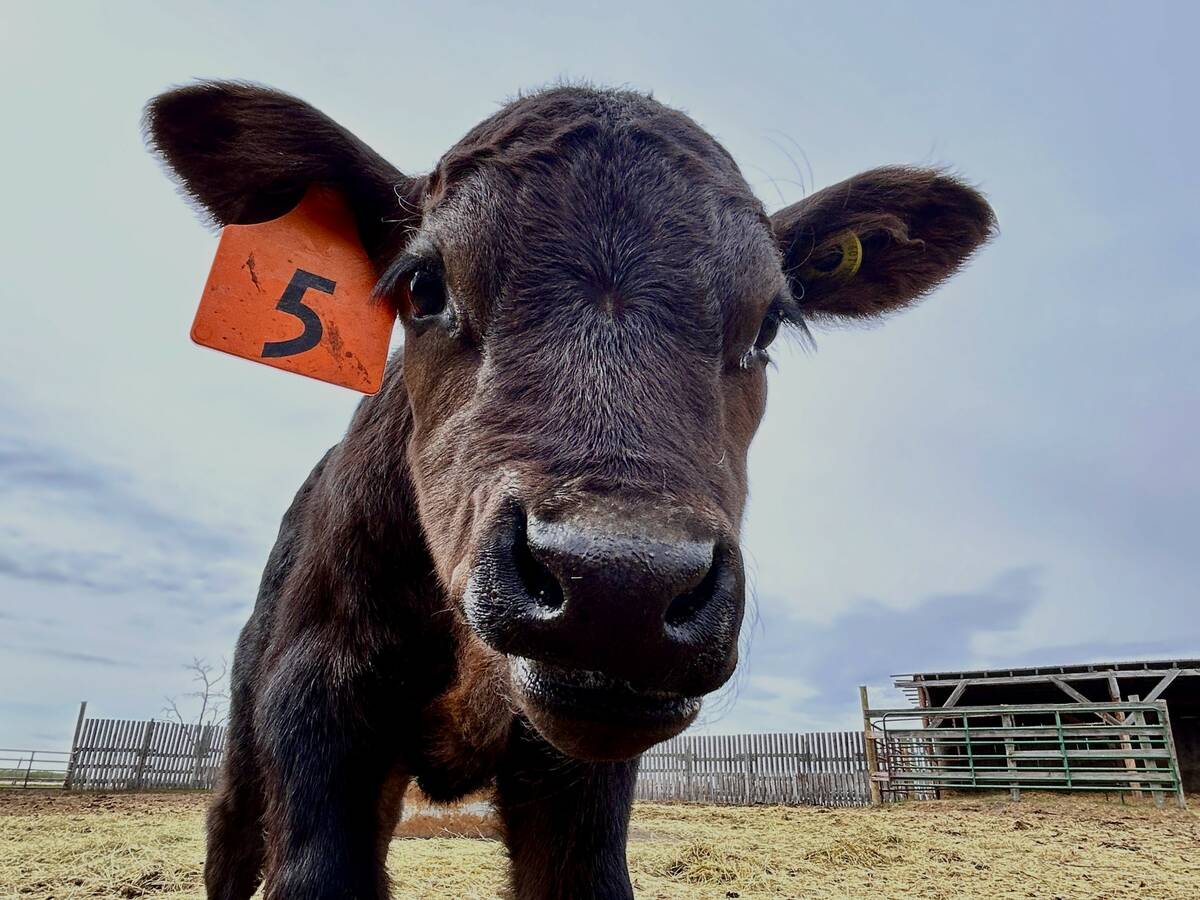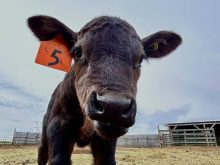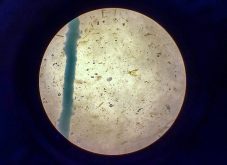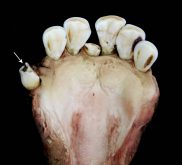QUEBEC CITY – The fatal sheep disease Maedi visna is under attack across Canada.
Also known as ovine progressive pneumonia in Western Canada and the United States, provincial projects have started to measure disease prevalence.
“It is 100 percent fatal. Animals do not recover from this disease,” said Paula Menzies of the Ontario Veterinarian College at Guelph University, who spoke at the World Sheep Congress in Quebec City July 20.
Ontario is running a pilot project until March 2005 to record disease prevalence through flock testing and removal of sick animals.
Read Also

Calf hormone implants can give environmental, financial wins
Hormone implants can lead to bigger calves — reducing greenhouse gas intensity, land use intensity and giving the beef farmer more profit, Manitoba-based model suggests.
Other provinces have similar programs with slightly different standards. Each program involves testing an entire flock. If the results are negative, random testing will continue for five years. All new animals entering the herd must be tested.
In Ontario, blood tests will be submitted from all sheep older than six months. Those testing positive as well as their offspring will be removed.
Ewes should be culled and slaughtered and not sold.
“It is not a good way to advertise your flock,” Menzies said.
The flock is tested again in four to eight months. If the results are negative, the farmer does not have to do anything for another 12 months.
So far, 8,500 samples have been taken from 39 flocks, with 583 testing positive.
Not 100 percent sure
Menzies warned that a variety of tests are available and it is important to have accurate results to avoid missing the disease or getting false positives. However, no test is 100 percent accurate so farmers and their veterinarians can never be sure the flock is disease free.
Removing sick animals from a flock seems to be the most effective prevention for this viral disease, which may be spread a number of ways, including through the air in confined barns, from an infected mother to its lamb and perhaps through blood from dirty needles.
Reduced immunity
The virus infects the cells of the immune system. Because it is an RNA virus, it gets into the host’s DNA and replicates when cells divide.
The animal’s immune system fails to fight the disease. Symptoms appear when the animal is two to three years old.
It infects the animal for life and causes chronic pneumonia without fever in older animals. Other strains of pneumonia affect the bottom part of the lung, but Maedi visna affects the top.
It targets the lungs, brain, lymph nodes and mammary gland and in a few cases could hurt the joints, leading to arthritis.
Infected sheep often seem to lag behind in the flock. Their appetite seems normal but there may be a dry cough, spasms or mucous in the trachea.
There could also be neurological problems, with animals appearing unsteady.
The udder looks normal but is hard to the touch. It is inflamed so the cells are not filling with milk and lambs appear hungry.
Farmer should check skinny ewes because the disease has similar symptoms to other conditions such as parasites.
Infected ewes will get pregnant but studies show 66 percent of infected ewes have damaged udders. Healthy ewes also wean 4.5 kilograms more lamb than infected females.
















